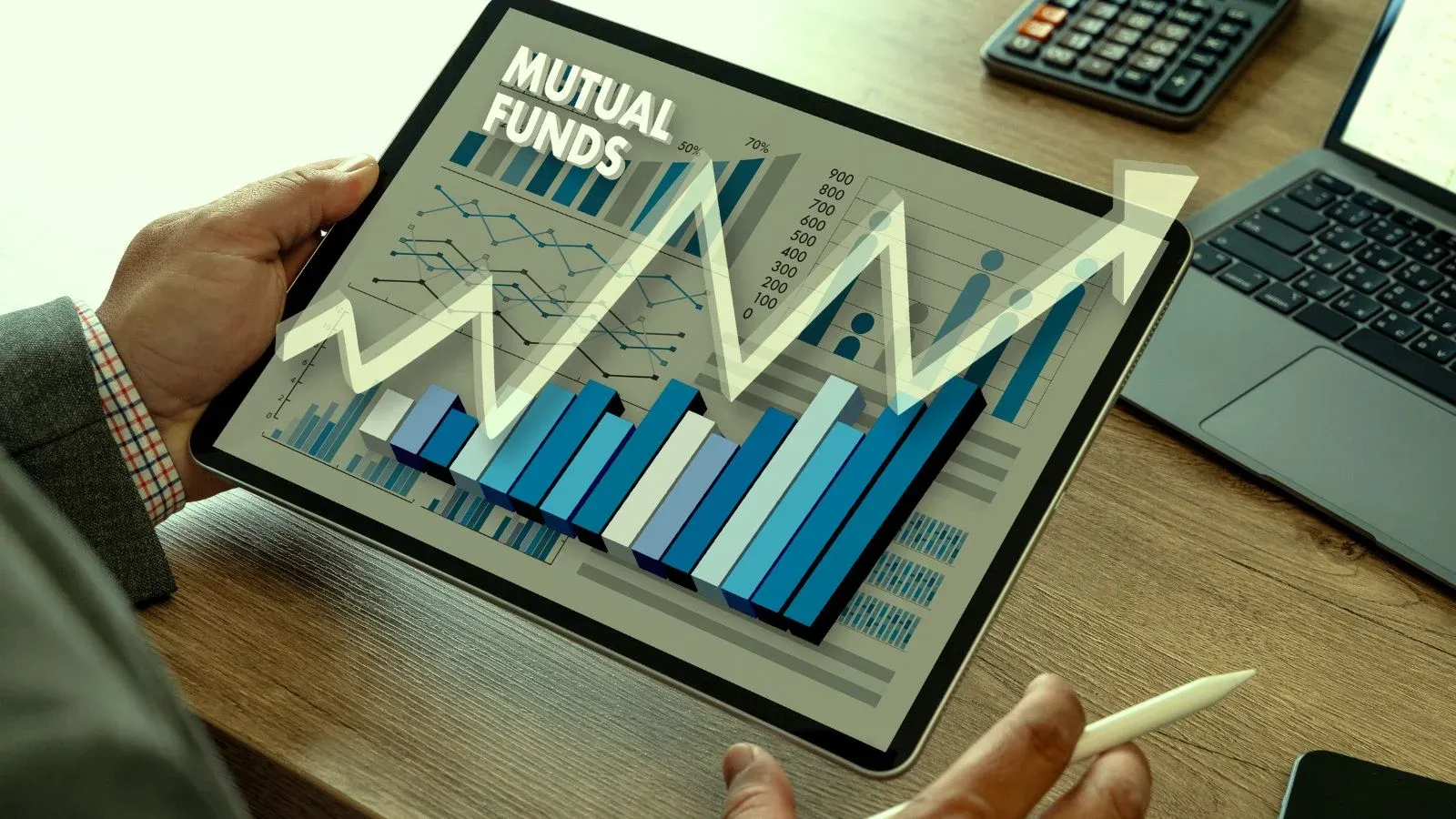How To Calculate Your LTCG Taxes on Mutual Funds
Written by Upstox Desk
Published on July 31, 2025 | 5 min read

Summary:
In India, Equity Linked Savings Schemes (ELSS) refers to a type of mutual fund investment used to combine the features of both equity mutual funds and tax-saving investments. This blog gets into the details of how the tax on these earnings is calculated.
Introduction to ELSS mutual funds:
In India, Equity Linked Savings Schemes (ELSS) refers to a type of mutual fund investment used to combine the features of both equity mutual funds and tax-saving investments. It comes as a systematic investment plan and is popular among investors looking for tax breaks. The following are some of the key characteristics and features of ELSS mutual funds:
- Tax benefits: Under Section 80C of the Income Tax Act, ELSS funds in India are eligible for tax deductions. Investors may claim deductions up to INR 1 lakh each financial year on the amount that they have invested in ELSS funds. This helps to reduce taxable income and subsequently, the tax liability.
- Lock-in period: These ELSS funds have mandatory lock-in periods of three years, which is the least period for tax-saving investment options under section 80C. This implies that the investment cannot be withdrawn or redeemed before the completion of the three-year lock-in period.
- Exposure to equity: ELSS funds mainly invest in equities and their related instruments. This implies that the investment is subject to fluctuations in the market and has the potential to generate higher returns than traditional tax-saving instruments such as fixed deposits and Public Provident Fund (PPF).
- Diversification: Through ELSS funds, investors are able to achieve diversified portfolios of stocks across different sectors, which helps to reduce the risks associated with investing in individual stocks.
- SIP option: Investors have the liberty to invest in ELSS funds through Systematic Investment Plans (SIPs), which allow them to invest smaller amounts regularly over time.
- Potential for returns: ELSS funds have the potential to provide capital appreciation over the long term. Because the investments are in equities, the returns are driven by the market and differ based on existing conditions.
- Flexibility: Even though there is a three-year lock-in period, ELSS funds offer relatively more flexibility than other tax-saving investments because they offer partial withdrawals and/or redemptions after the lock-in period.
- Risk factor: Like equity investments, ELSS funds have their share of market risks. The value of the investment may go up or down depending on the performance of the stock market.
- Dividend or growth option: Both dividend and growth options are provided by ELSS funds. With the dividend option, there are periodic payouts. With the growth option, the investment grows without regular payouts.
Long-term capital gains (LTCG) tax on ELSEE mutual funds:
The Equity-Linked Savings Scheme (ELSS) is a tax-saving mutual fund predominantly invested in equity funds or equity-related funds. This investment scheme offers tax exemptions under Section 80C of the Income Tax Act and allows for lower investment options, starting from as low as Rs 500 per month. Investments in ELSS can be made through a Systematic Investment Plan (SIP), providing investors with the opportunity to diversify their portfolios across various equity sectors.
The ELSS has a lock-in duration of three years, after which the income and profit earned are considered as Long Term Capital Gains (LTCG). LTCG exceeding Rs 1 lakh is subject to a tax rate of 10%. The calculation of this tax involves deducting the exempted value from the investment value and then applying the 10% tax rate on the remaining amount. For investors, however, it is vital to know how to calculate LTCG on ELSS so that they know their liabilities.
It's important to note that ELSS is subject to market volatility and should be carefully considered before investing. Despite this, ELSS provides tax benefits, diversification and the potential for higher returns.
Furthermore, the Ministry of Finance has proposed an upper limit of 15% on the surcharge for Association of Persons (AOPs) that have only companies as members. The surcharge levied on LTCG on listed equity units and shares has been limited to 15%. From April 1, 2018, capital gains from the sale of listed equity shares were made taxable. 2018. Equity-oriented funds are subject to LTCG tax at a rate of 10% without the benefit of indexation. LTCG from ELSS after the lock-in period of three years is taxed at 10% without indexation. LTCG on funds that are equity-oriented can be offset against any capital loss incurred when the funds are sold. LTCG on ELSS above INR 1 lakh per financial year is subject to long-term capital gains taxation rules**.**
Summing up
Even though the motive behind ELSS investments is to save tax, it is essential to evaluate the financial objectives, tolerance for risk and timeline before proceeding. The tax benefits may imply higher returns but there is the restriction of having the investment locked in for three years. Taking the help of an experienced financial advisor and conducting thorough research can help make better investment decisions with regard to ELSS mutual funds. ELSS is primarily suitable for investors who are looking for lower investment options and portfolio diversification.
About Author
Upstox Desk
Upstox Desk
Team of expert writers dedicated to providing insightful and comprehensive coverage on stock markets, economic trends, commodities, business developments, and personal finance. With a passion for delivering valuable information, the team strives to keep readers informed about the latest trends and developments in the financial world.
Read more from UpstoxUpstox is a leading Indian financial services company that offers online trading and investment services in stocks, commodities, currencies, mutual funds, and more. Founded in 2009 and headquartered in Mumbai, Upstox is backed by prominent investors including Ratan Tata, Tiger Global, and Kalaari Capital. It operates under RKSV Securities and is registered with SEBI, NSE, BSE, and other regulatory bodies, ensuring secure and compliant trading experiences.

























